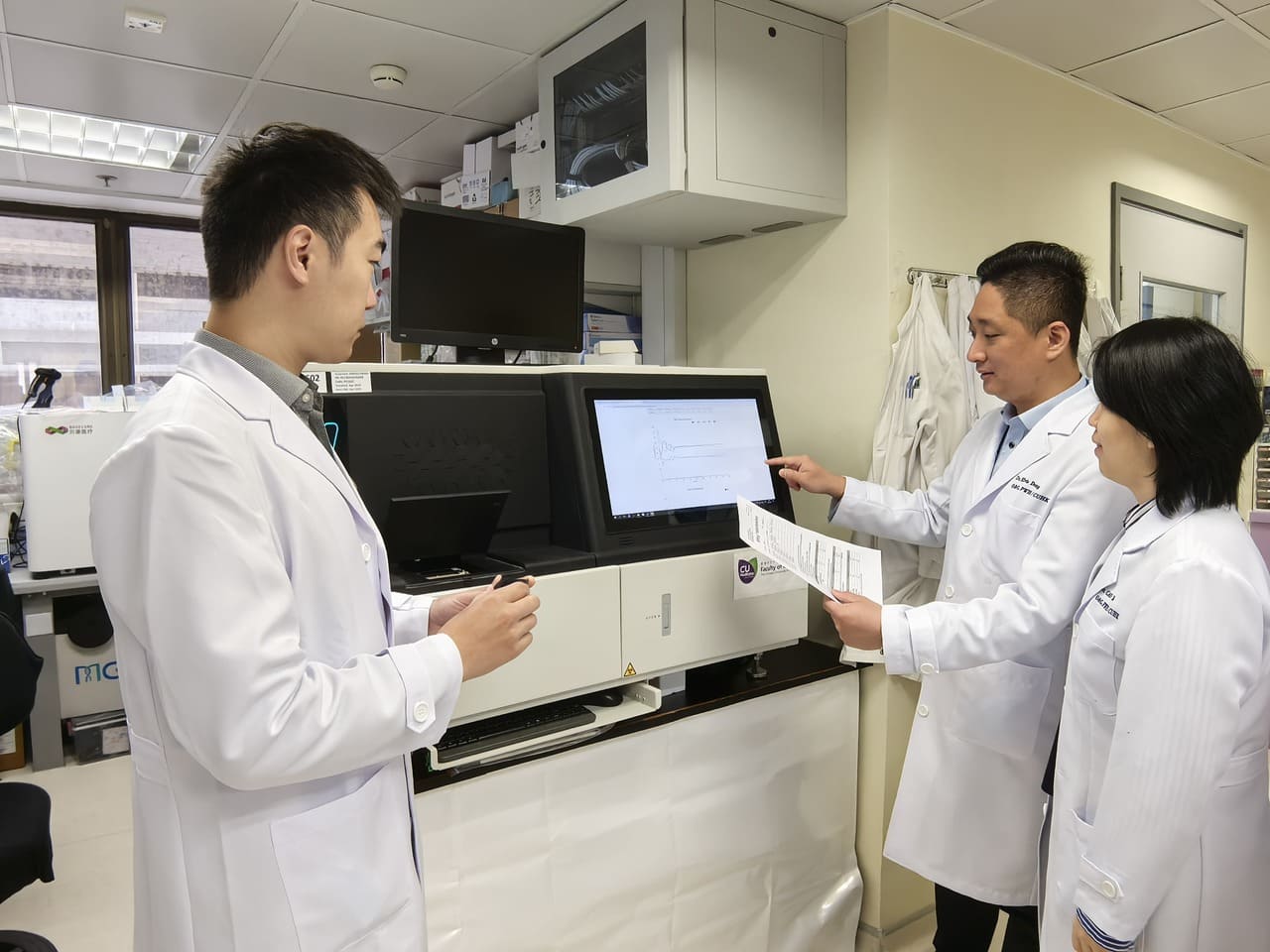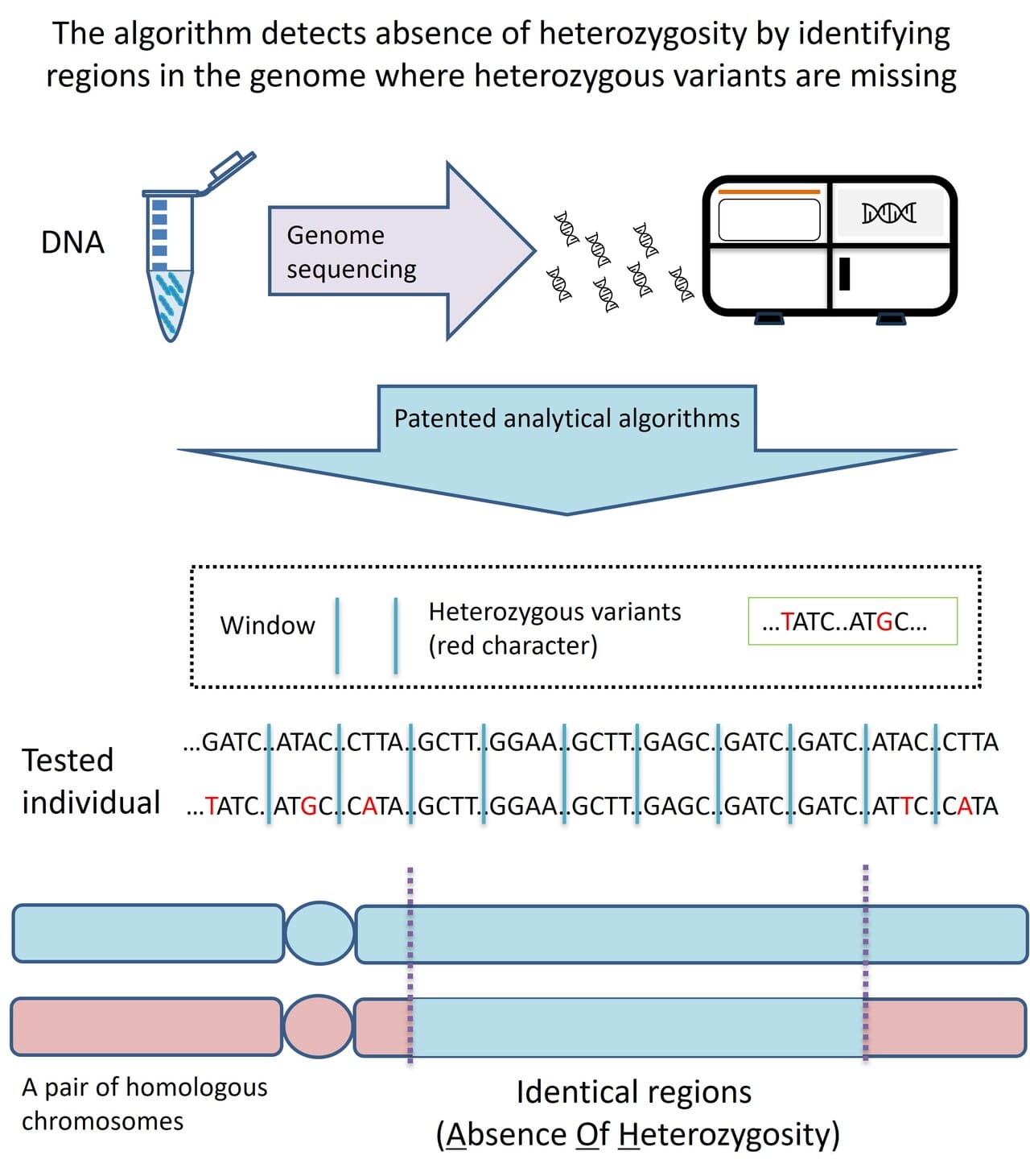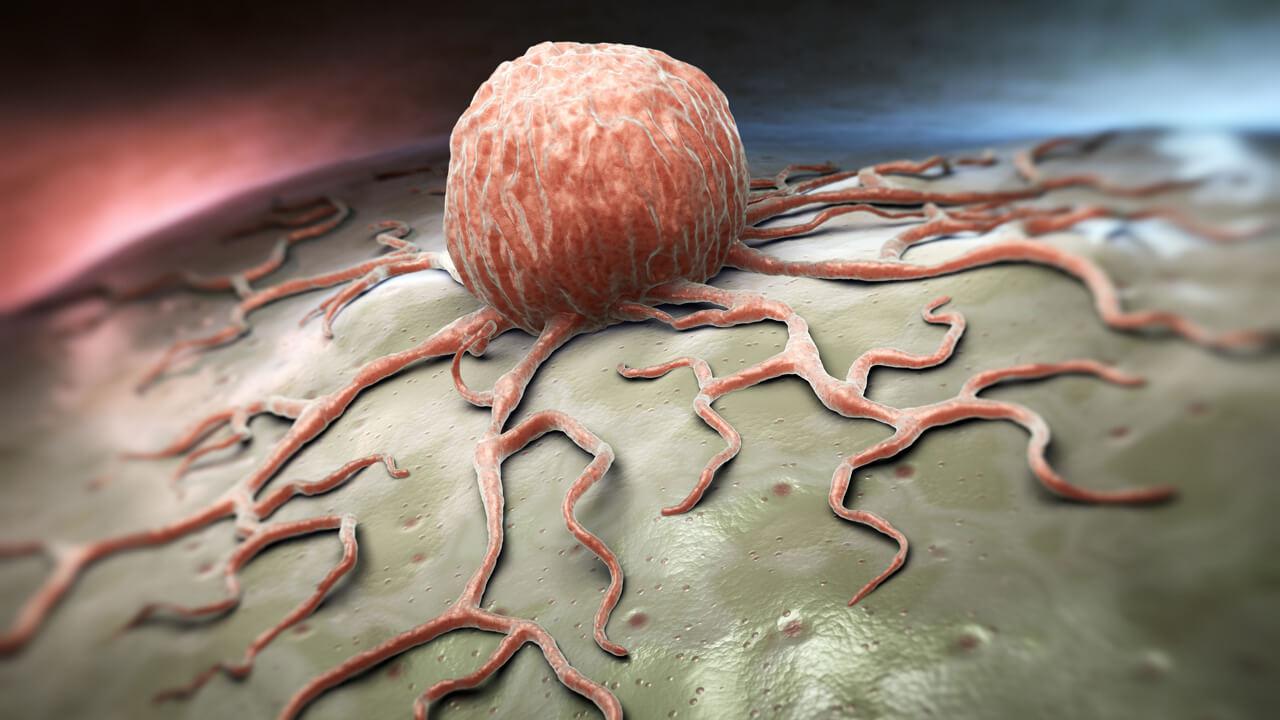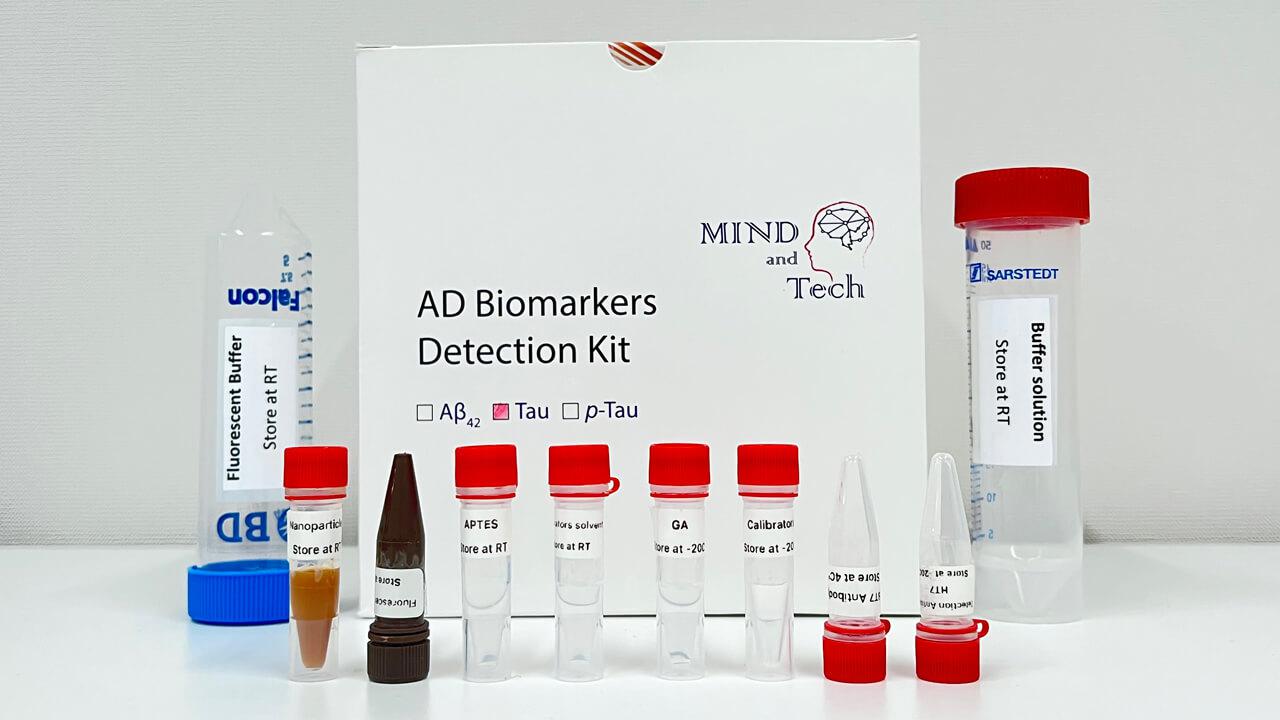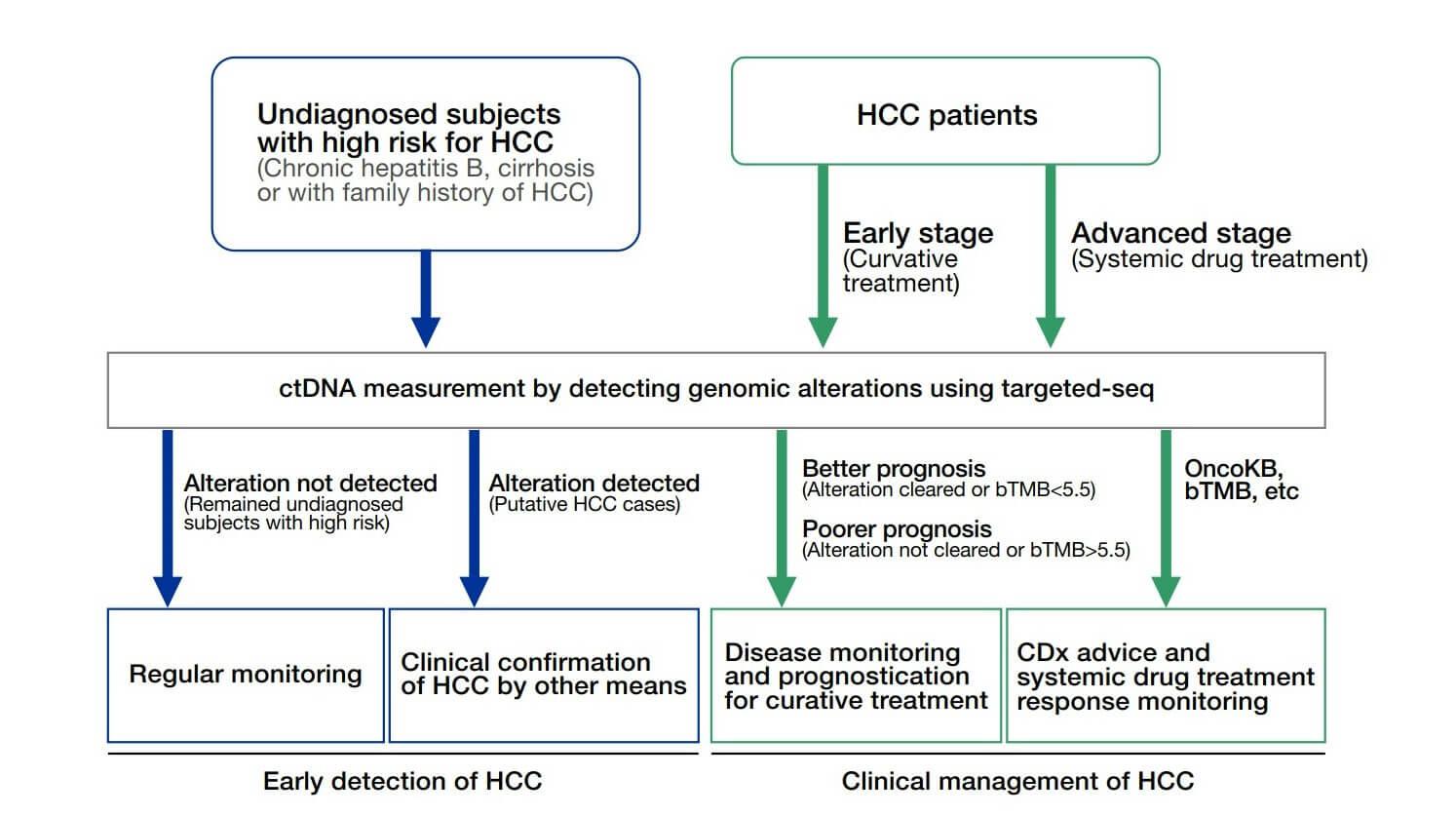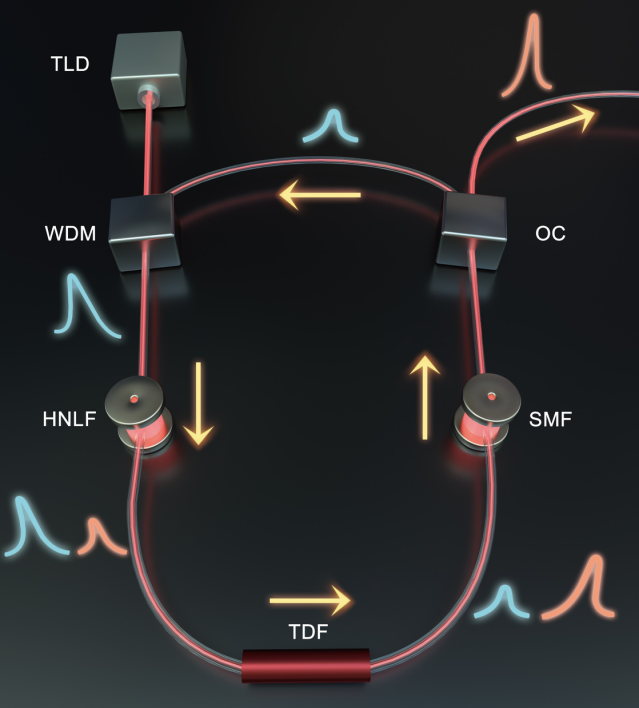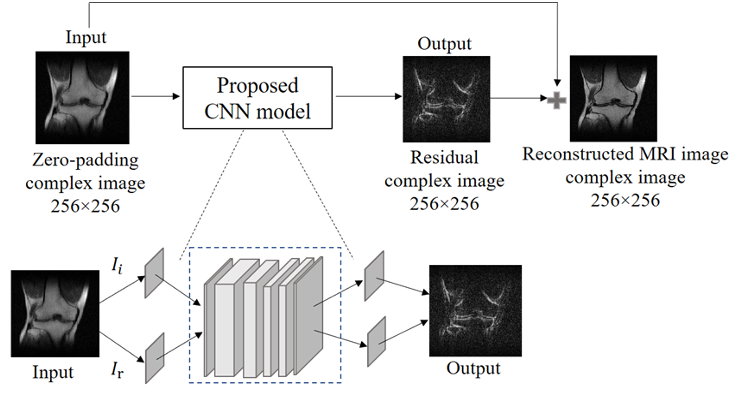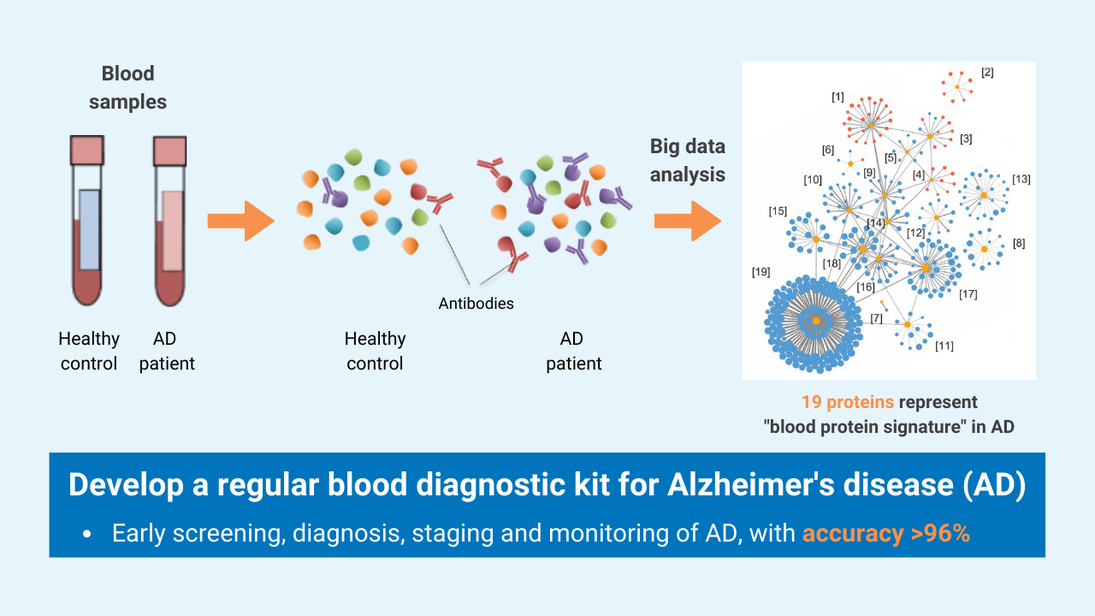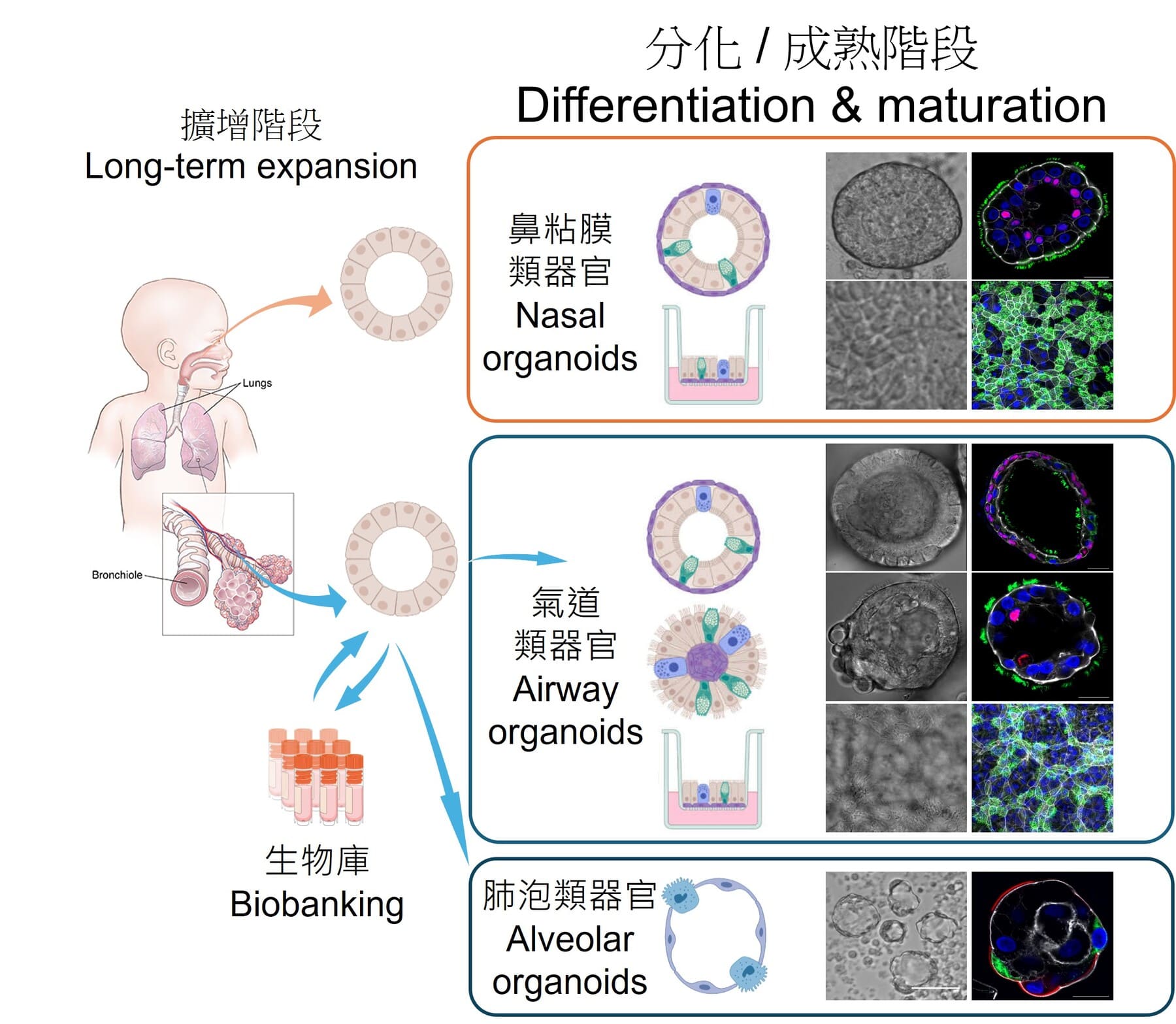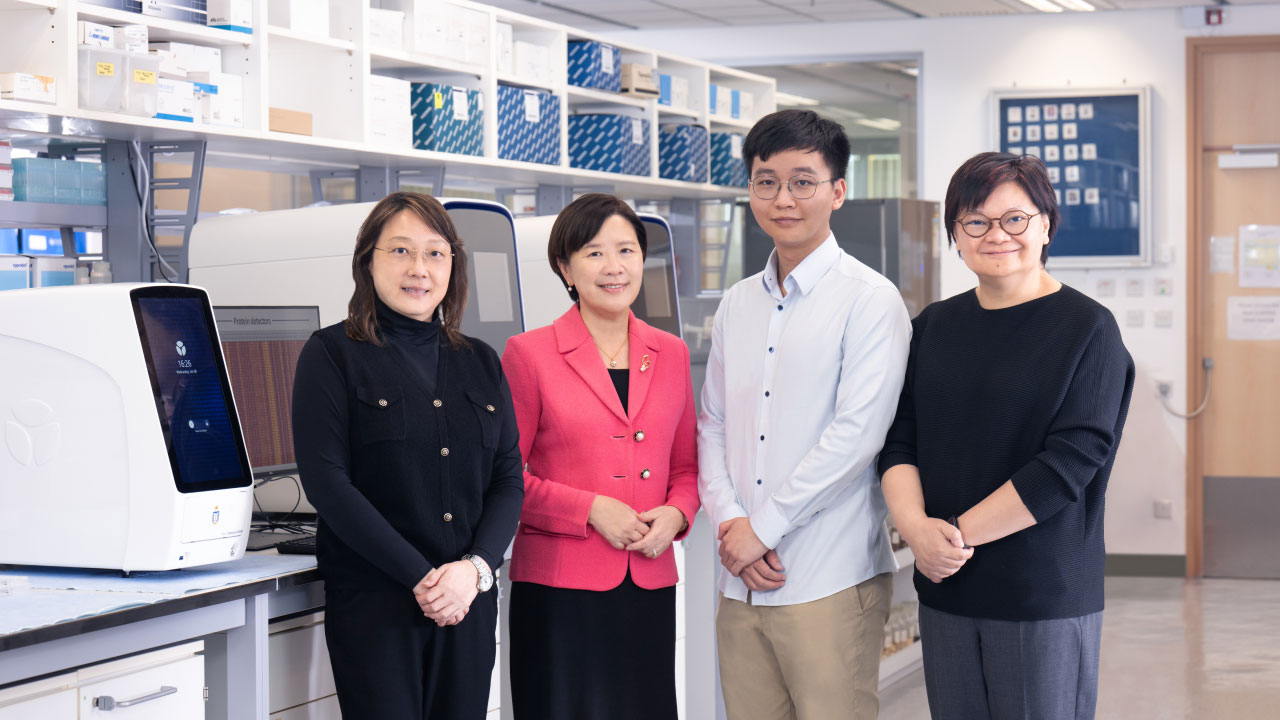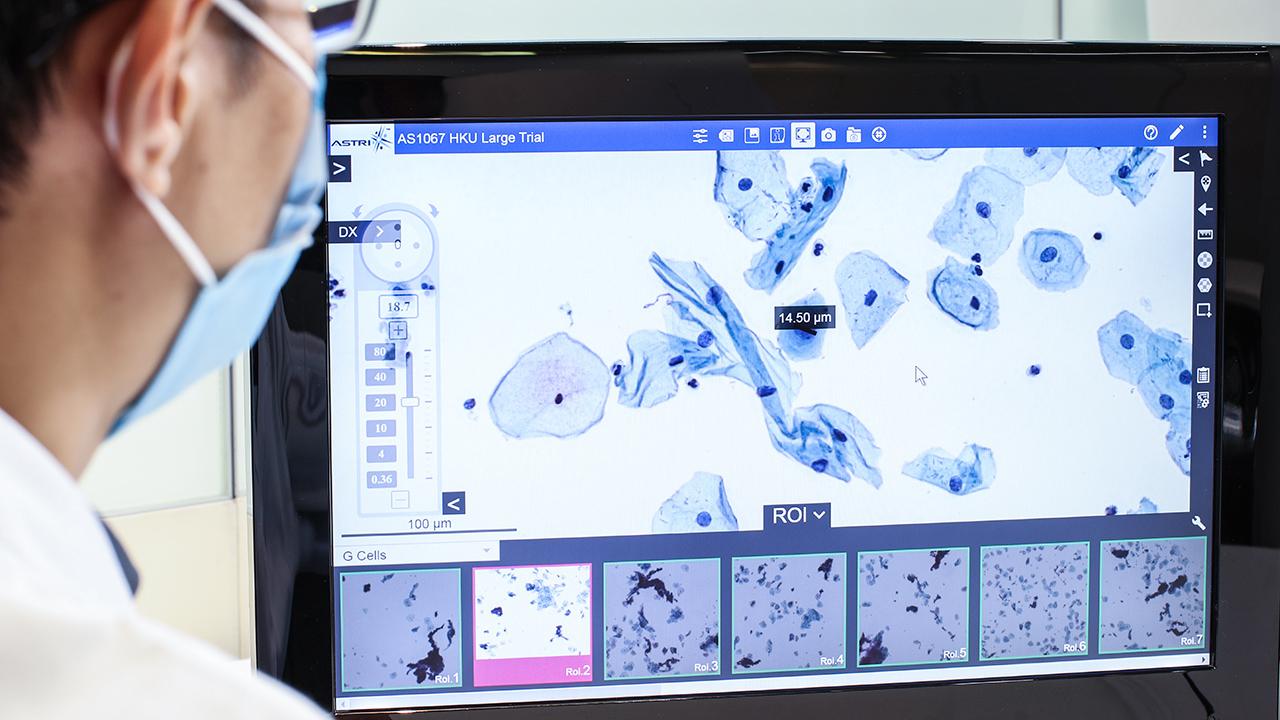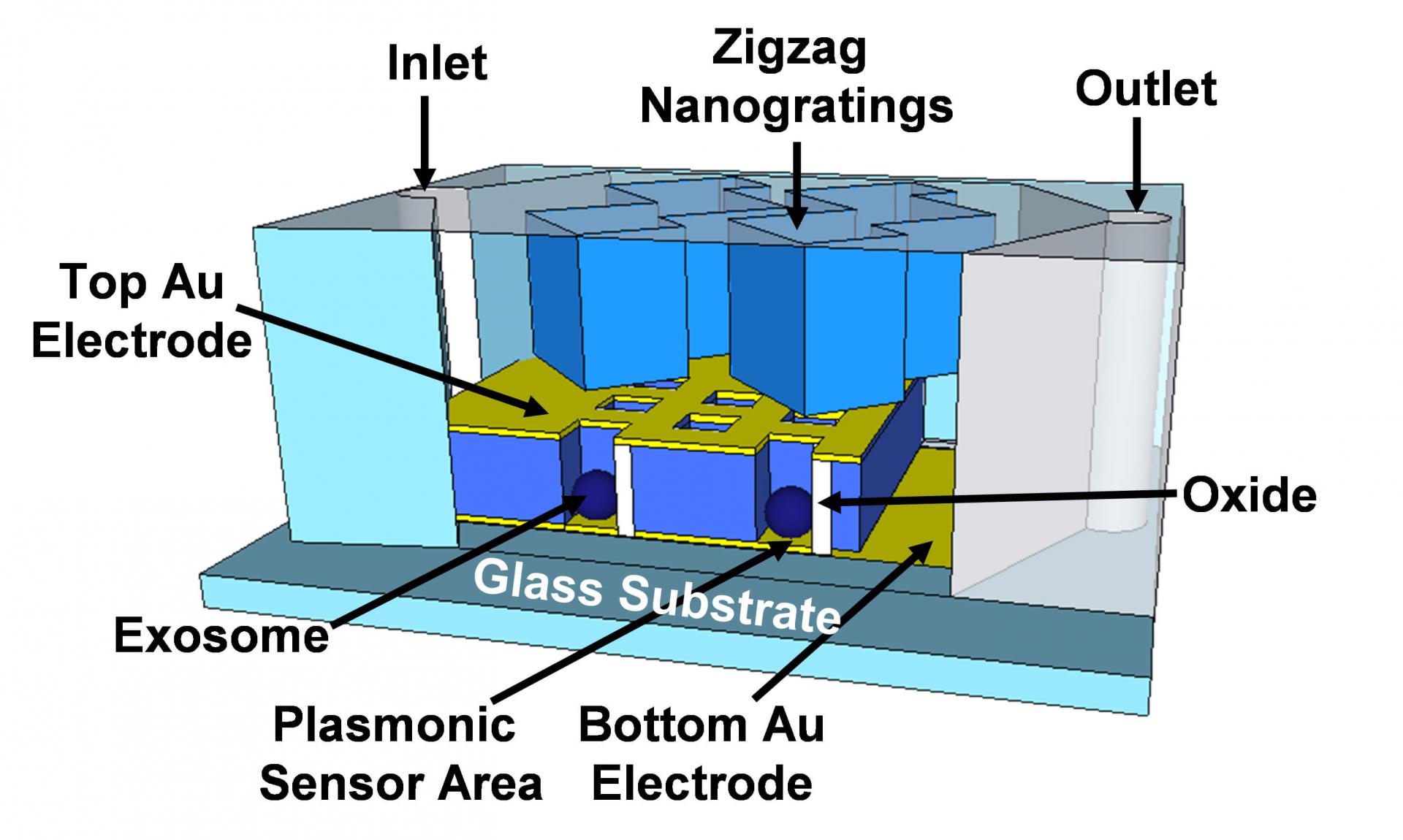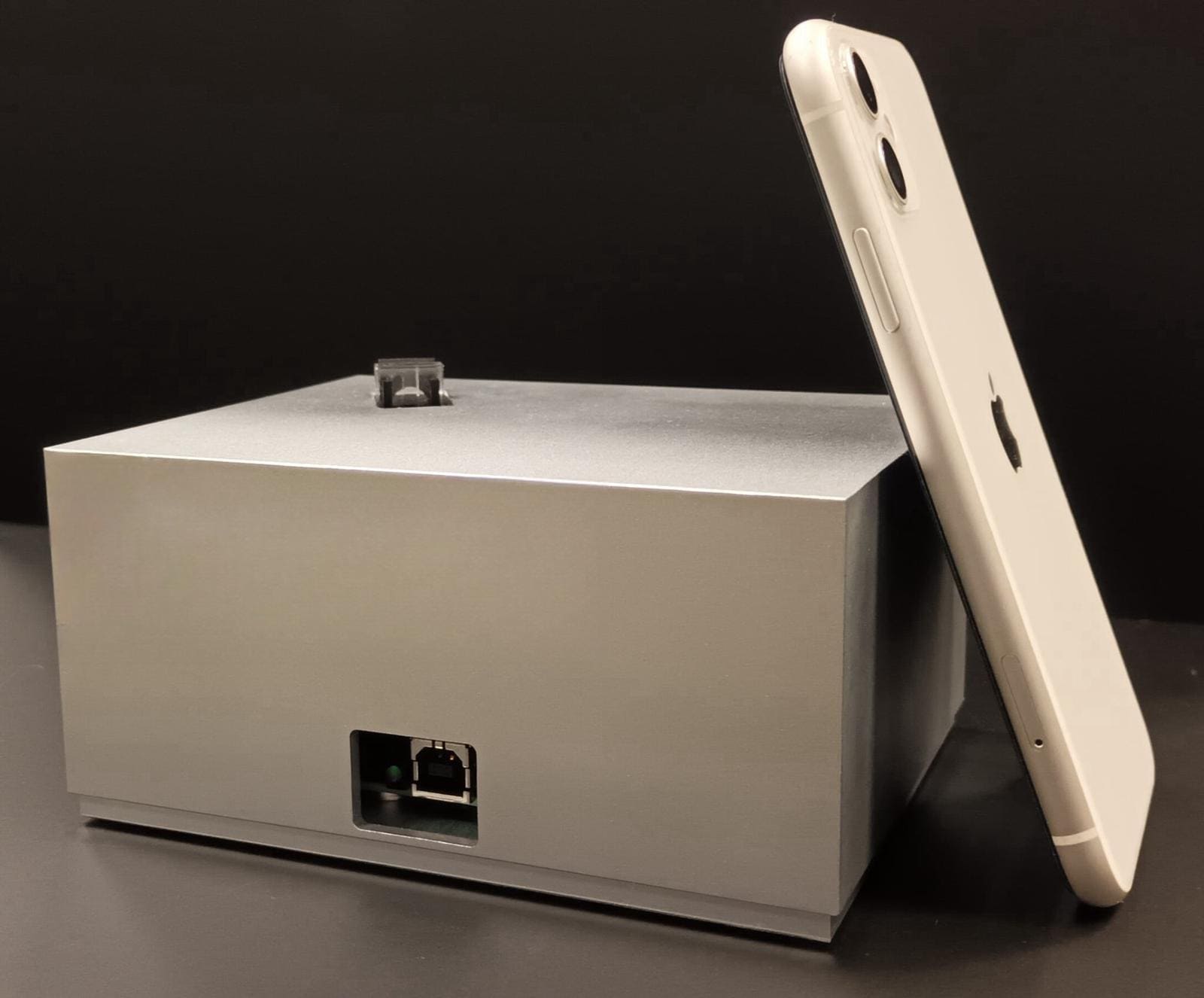
Methods for Detecting Absence of Heterozygosity by Low-Pass Genome Sequencing
The research team at the Prenatal Genetic Diagnostic Center, Department of Obstetrics and Gynaecology, CUHK, developed a bioinformatics analytical method to detect missing heterozygous variations in the genome, known as absence of heterozygosity (AOH) for genetic disease diagnosis, cancer, and genomics research. This method utilizes low-read-depth next-generation-sequencing data to increase AOH detection accuracy, reduce cost, and shorten analytical time.
The bioinformatics method is applicable to low-read-depth genome sequencing data for accurate, fast, and cost-effective detection of AOH. AOH detection is important in genetic diagnostics because it is associated with increased risk of genetic imprinting disorders and recessive genetic conditions. The pipeline has been implemented in clinical diagnostic testing and several international genome sequencing initiatives.
- This pipeline utilizes sequence variations in the human genome to identify regions of missing variation, suggestive of AOH in the genome.
- The detection of AOH enhances the scope of low-read-depth genome sequencing methods as a molecular cytogenetic diagnostic test.
- This is first AOH detection pipeline applicable to low coverage/low-pass genome sequencing data.
- This pipeline has been validated against existing the gold-standard method of AOH detection, chromosomal microarray.
- This bioinformatics algorithm has been implemented into clinical pipelines for genetic diagnostic testing as well as international genome sequencing initiatives for genomics research.
- Gold Medal with Congratulations of the Jury, 15th International Inventions Fair in the Middle East, Kuwait Science Club, Kuwait
- Genetics and genomics diagnostic testing
- Cancer molecular genomic pathology
- Genomics research and genetic disease discovery
Patent
- China National Intellectual Property Administration: Patent No. 2020 8 0058883.5
- Intellectual Property Office of Singapore: Patent No. 11202201848Q
Founded in 1963, The Chinese University of Hong Kong (CUHK) is a forward-looking comprehensive research university with a global vision and a mission to combine tradition with modernity, and to bring together China and the West. CUHK teachers and students hail from all around the world. Four Nobel laureates are associated with the university, and it is the only tertiary institution in Hong Kong with recipients of the Nobel Prize, Turing Award, Fields Medal and Veblen Prize sitting as faculty in residence. CUHK graduates are connected worldwide through an extensive alumni network. CUHK undertakes a wide range of research programmes in many subject areas, and strives to provide scope for all academic staff to undertake consultancy and collaborative projects with industry.


